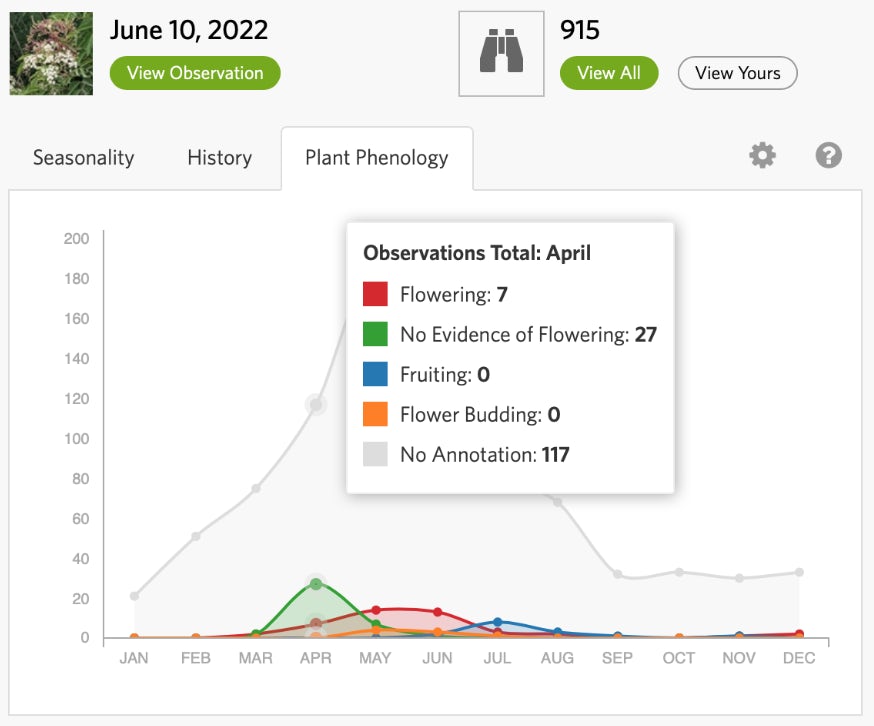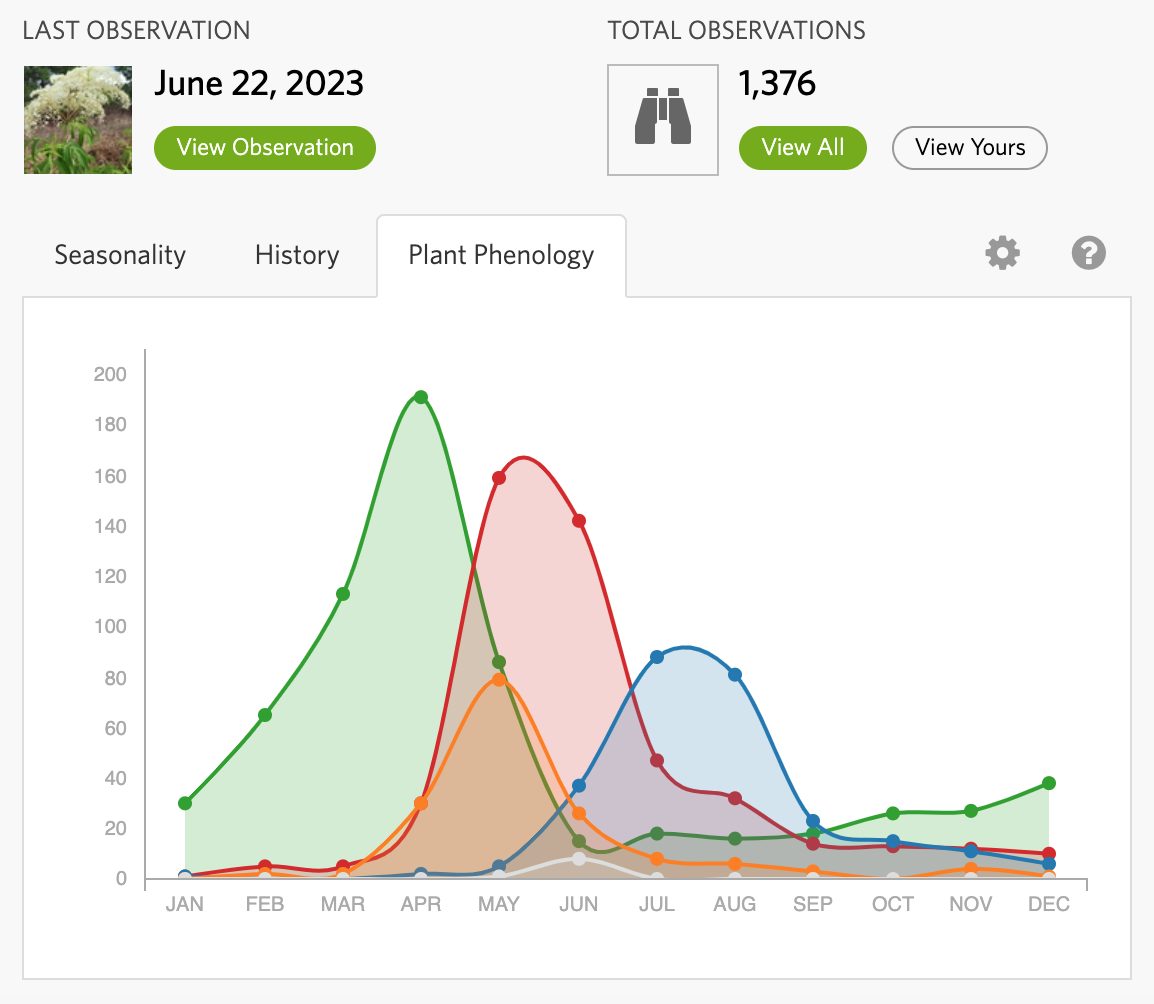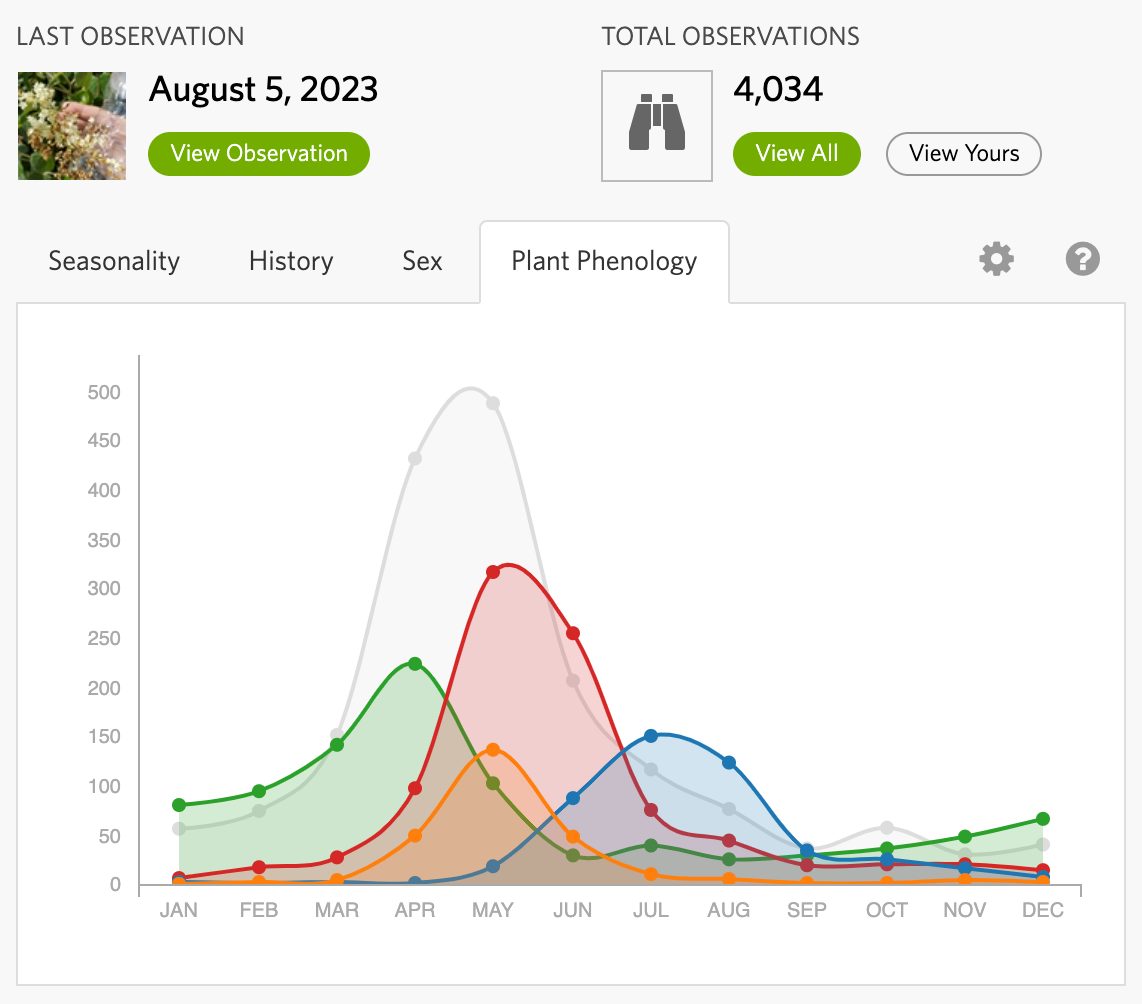Observing Every Day
In December of 2021, we moved into our current place on the Landry Property and suddenly I was seeing things I had never really seen or noticed in Louisiana before, even in the year and a half we had been back and living in Ponchatoula. We’d just spent the majority of the previous three months on the road at various campgrounds in and around the Southern Appalachians, and Loki and I had gotten used to starting our mornings with a nice long walk. After a few weeks of walking around the neighborhood, I was thinking about what I could maybe do to work on my naturalist skills in the new year.
After checking out my iNaturalist Year in Review for 2021, I felt a spark when looking at the “streak” section and realizing that my contributions were fairly inconsistent and mostly focused around big birding trips, or when I randomly encountered something new while walking along our little quarter-mile road in Ponchatoula. Something in me stirred, and I decided that in 2022 I was going to try to make and add at least one observation to iNaturalist every day. I was already out walking every morning, and almost always eBirding while I did, so this seemed like a pretty natural extension of my naturalist practice.
I had no idea how big of a shift would occur with this little resolution.
At first I was really determined to observe something new every day, something I’d never observed before, but that became a bit too much — especially in the dead of winter. I missed a couple of days in January, especially on days with particularly bad weather where it was too bad to get out for a walk in the morning. After another missed day in February, I decided to shift my thinking a bit.
I realized there can be value in every observation, even the same species on different days. Making a note of a species presence throughout the year is good to know, or the same species in different areas of the property or throughout the neighborhood. This has become a bigger and bigger part of my iNat practice since, with efforts like the Blackberry Phenology project or documenting all of the species of dragonflies and damselflies I saw around the pond in 2023. Using the web version of iNaturalist more and more, I started getting into adding Identifications as well, and finished with just over 6000 for the year.
I ended up with only 13 days missed in 2022, and eight of those were during my Jukai retreat where we didn't really use any technology for the week!
I learned so much during the year, pushing myself to look more deeply and consider new organisms all around us. This where my love for bugs really took hold, especially during my Louisiana Master Naturalist training in the Fall. I added 642 new species to my iNaturalist observations in 2022 from 303 new observations, compared to only 119 in 2021 from 523 observations. I grew tremendously as a Naturalist, became intimately familiar with the land we're living on, and trained my eyes to always be looking for new things.
In 2023, this practice continued, and I finished the year with at least one observation on all 365 days of the year, adding another 527 new species to my total from 2978 observations.
I'm not sure what new goals might come up for 2024 just yet, but I know I'll be continuing this practice as long as I can. Taking at least a little time each day to observe the more-than-human world has been one of the best things I've ever done.
My 2023 iNaturalist Year in Review









